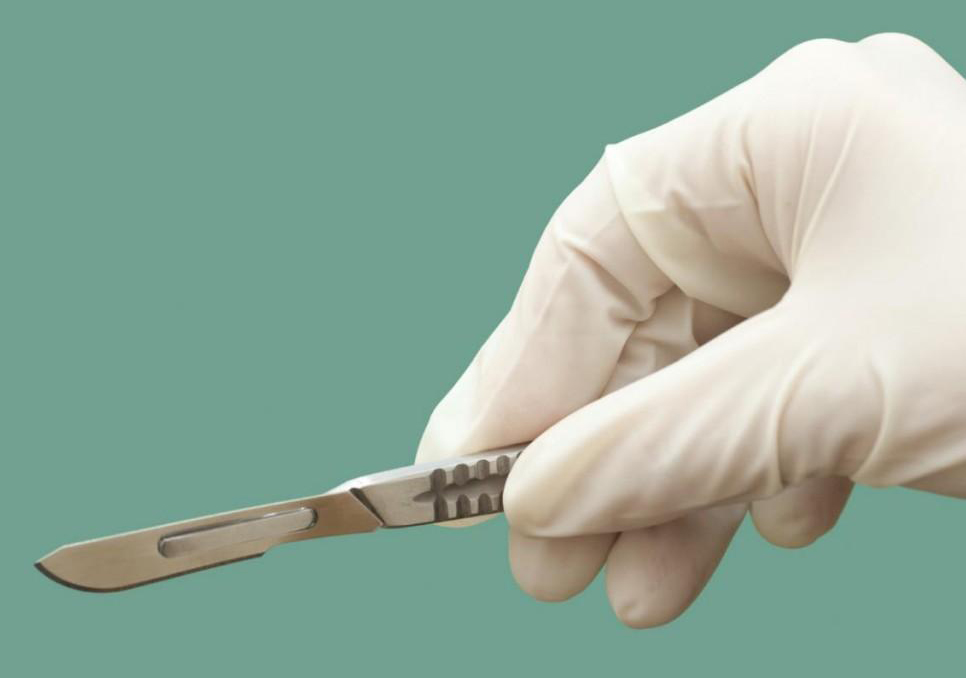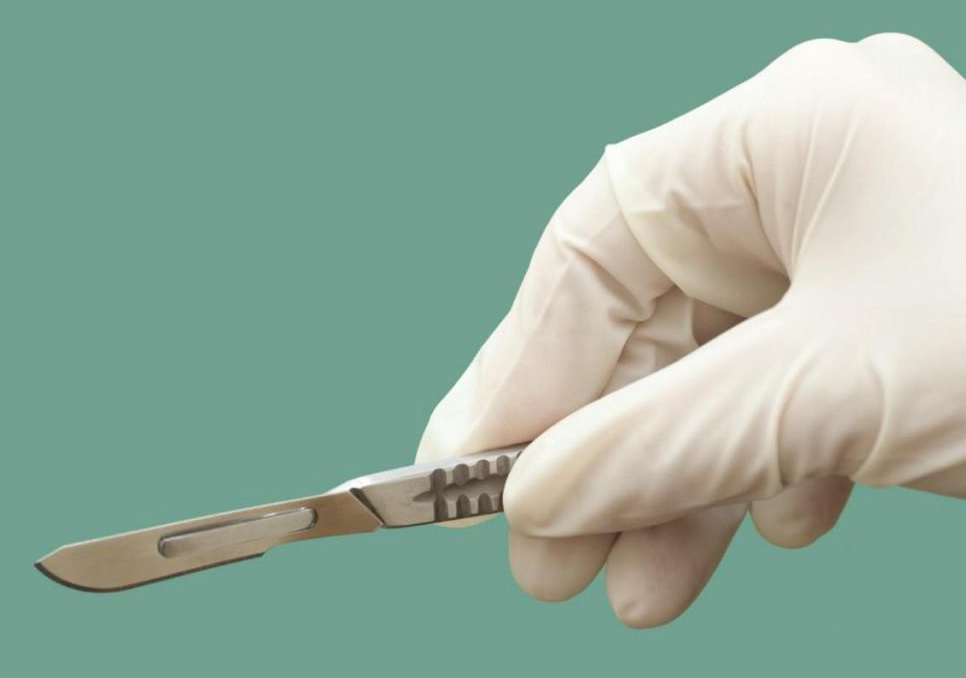Rising rate of caesarian sections and its complications.

Caesarian section is an operation done to deliver a baby when normal birth can pose a risk to mother/baby or both.
Historically, this operation was introduced to save the lives of mothers who were unable to deliver by the normal route and as a result, died during childbirth.
Globally, there is a concern over the rising rates of caesarian section. As per WHO, caesarian rate should be around 15%. In the US, rates are 32.8% (2012), in the UK 26.2% (2014) and in UAE around 29% in a tertiary care setting.
Reasons why Caeserean birth is increasing especially in the developed world include litigation costs,women wanting to make the choice about how they want to deliver and previous caeserian births.
Chlidbearing at a late age and assisted reproduction with multiple pregnancies have also contributed to the rising rate.
Caesarian section is usually performed for reasons related to mother and baby. Maternal reasons include narrow birth passage, failure to progress in labor, placenta being located low in the womb, growths like fibroids or cysts of ovary located near the neck of the womb.Repeat Caeserean section has to done if the woman has had 2 or more caeserians.Medical problems in the mother like high blood pressure and uncontrolled diabetes leading to large baby may also require caeserian section.
It can be done for risks to baby like slowing of heart rate during labor, umbilical cord slipping out ahead of the baby, baby with restricted growth, large baby, multiple pregnancy, baby being incorrectly positioned in the womb.
There are 3 types of caesarian section.
1. Planned procedure were normal birth is risky for mother/baby.
2. Emergency procedure when normal birth process is disturbed or there is a life threatening situation for mother/baby.
3. Caesarian section at mothers request.
Why is rising caesarian rate a cause for concern and why should it be monitored.
Though caeserian section is considered a safe operation ,concern over rising rate is related to maternal and fetal risks.
Immediate maternal risks are related to anesthesia, more blood loss during caesarian than normal birth, wound and urine infections,risk of clots in legs and lungs which can be fatal. There is a 4-fold increase in risk of death due to caesarian sections.
Remotely, caesarian section can affect future fertility.
Of grave concern is the complication called placenta previa – when the placenta implants near the neck of the womb and on the previous caeserian scar. This exposes the mother to serious bleeding during pregnancy and during delivery.
Life threatening bleeding may need removal of uterus. A risk of low placenta increases with a person having more than 1 caesarian section.
With 4 or more caesarians, the risk of placenta growing into the wall of the womb increases 9-fold.This condition results in failure of placenta to separate after the baby is delivered.Removal of the uterus in this condition is life saving due to risk of life threatening bleeding.
Babies also may be delivered earlier with resultant problems at birth, due to prematurity.
How can caesarian section rate be reduced?
Promoting natural childbirth practices can go a long way in reducing caesarian births.
Antenatal education of the mother about benefits of natural birth versus risks of caesarian births also will help.
Counselling of women who request caesarian section, about the dangers of operative delivery, will help them make the right choice.
Obstetricians should avoid inducing labor before 39 weeks of pregnancy,unless there is a strong reason to do so.
Counselling women that normal birth is possible even after 1 caesarean birth is important.
All hospitals should audit the caesarian births and make conscious efforts to reduce the rate.
